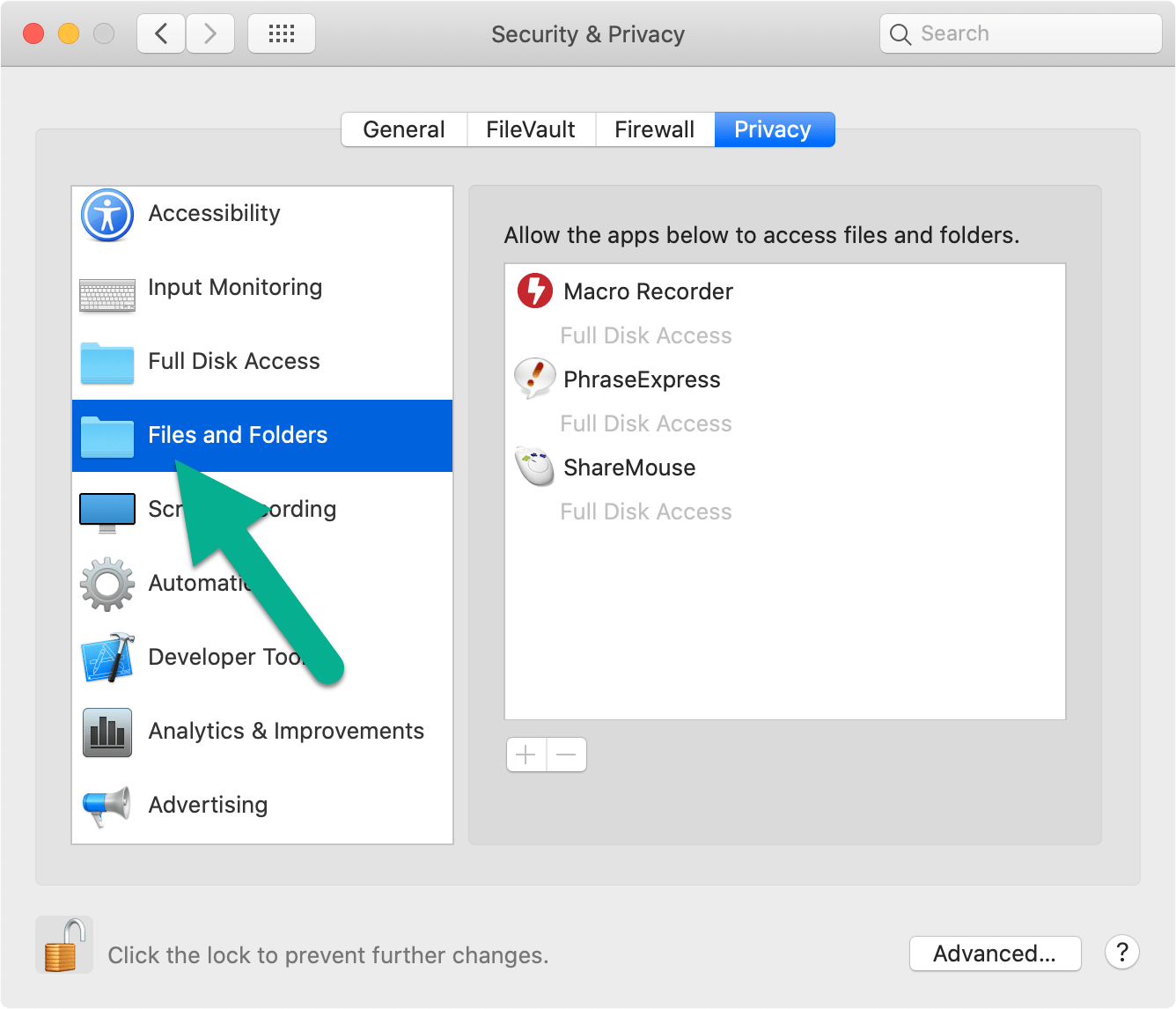

You can also click the Record button to record a series of mouse clicks and typing events on your computer, allowing you to automatically perform them later. For example, you could create a Folder action that takes images you add to a certain folder, creates a backup copy, and then shrinks them down for you. You can add multiple actions from the left pane and arrange them in the order you like via drag-and-drop to perform many operations on the items in order. We created a service in the above example, but the process is similar for any type of workflow you might want to create. For example, after saving the above service, we can now select text in any application, click the Services menu, and select our service to have the computer read that text aloud for us. It’ll then appear as an option on your system. For example, we can drag and drop the Text>Speak Text action onto the right pane and choose a voice.Ĭlick the File menu, click Save, and enter a name for your service. Drag and drop them to the right side and they’ll be run in the order you choose. You can then select actions from the left pane. For example, you could choose “Service receives files or folders in Finder” and the service would only appear when you select files or folders in the Finder app. (You may also be able to right-click or Control-click the text, depending on the application.) By default, it’s set to “Service receives selected text in any application.” This means you can select text and then click the application’s menu, point to Services, and choose your service in any application. At the top of the window, we can then choose what we want the service to work with. First, we’d select Service in the dialog and click Choose. RELATED: Use Your Mac’s Services Menu to Perform Quick ActionsĪs an example, we’ll create a service you can use in any application. Dictation Command: This runs when triggered by a voice command, known as a dictation command, on your Mac.Image Capture Plugin: This appears as an option in the Image Capture utility, used when transferring photos to your Mac.Calendar Alarm: This runs when a specific event occurs in your calendar.
MAC OS AUTOMATION MACRO MAC
When you add files to that folder, your Mac will automatically run the workflow on them.

You could also find it under Other > Automator in Launchpad or Applications > Automator in the Finder. Launching Automator and Creating a DocumentĪutomator is installed on your Mac by default, so you can launch it by pressing Command+Space to open Spotlight search, typing Automator, and pressing Enter.


 0 kommentar(er)
0 kommentar(er)
